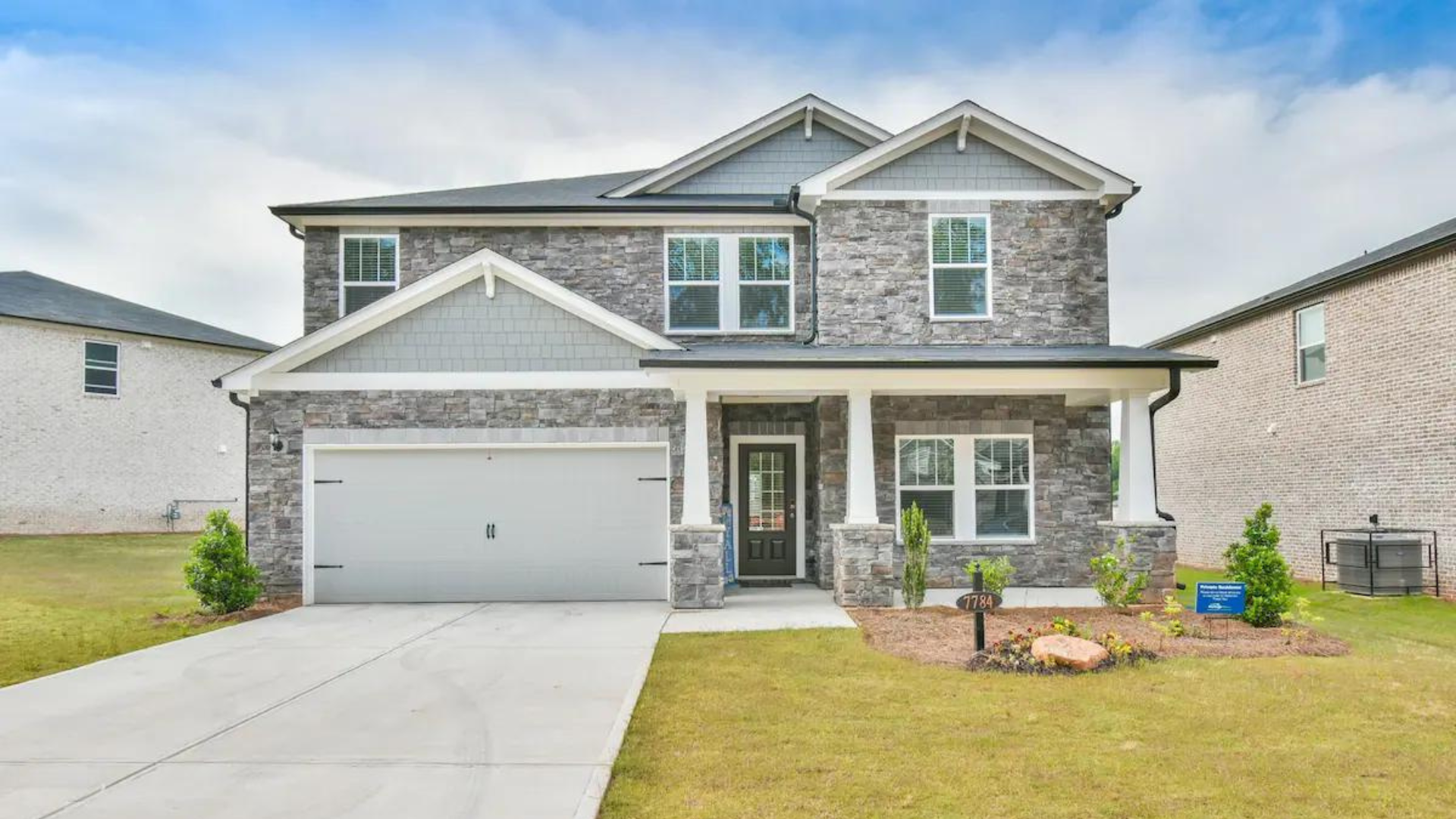Real Estate Insights: The Evolution of Retail through Mixed-Use Developments
The retail real estate market has undergone a significant transformation in recent years. With the rise of e-commerce and shifting consumer habits, traditional retail spaces are facing unprecedented challenges. Many retail properties are experiencing higher vacancy rates and lower foot traffic, leading investors to rethink their strategies. One of the most promising trends to emerge from this shift is the rise of mixed-use developments.
What Are Mixed-Use Developments?
Mixed-use developments combine multiple property types—such as retail, office, and residential—within a single project. Rather than relying on one source of revenue, these developments are designed to attract a diverse range of tenants, from retail businesses and office professionals to residential tenants. The goal is to create a synergistic environment where these different uses complement each other, creating a more sustainable and resilient investment.
Why Mixed-Use Developments Are the Future of Retail
- Resilience Against E-Commerce: Traditional retail has been hit hard by the rise of online shopping. As more consumers turn to digital platforms for their purchasing needs, brick-and-mortar retailers are struggling to compete. Mixed-use developments offer a solution by integrating retail spaces with other uses, such as office or residential units. This diversification spreads risk and makes the development less reliant on the success of any one tenant type.
- Increased Foot Traffic: One of the main challenges for retail properties is attracting consistent foot traffic. In a mixed-use development, residential tenants and office workers provide a built-in customer base for retail stores. This natural synergy helps support retail businesses, even as they face competition from online shopping.
- Attracting Multiple Tenant Types: By incorporating different property types, mixed-use developments appeal to a broader range of tenants. Office spaces attract professionals during the day, while residential units provide a steady stream of tenants around the clock. This ensures that the development remains vibrant and populated, increasing its long-term viability.
Key Benefits for Investors
- Diversification and Risk Mitigation: One of the greatest advantages of mixed-use developments is diversification. By combining retail, office, and residential spaces, investors reduce their reliance on any single market segment. This helps mitigate the risks associated with market fluctuations in retail or office demand.
- Higher Property Utilization: A mixed-use development maximizes the potential of the property by utilizing every square foot for different purposes. This means the development can generate income from multiple sources—whether it’s residential rent, office leases, or retail income—leading to a more consistent revenue stream.
- Enhanced Property Value: Mixed-use developments are often seen as premium investments, as they offer more flexibility and long-term stability. Properties that integrate various uses tend to appreciate in value faster than single-use properties, particularly in urban centers or high-demand areas. This enhanced value offers greater returns for investors over time.
The Shift in Tenant Expectations
Another factor driving the growth of mixed-use developments is changing tenant expectations. Consumers and tenants today are seeking convenience and walkability. The appeal of having residential units, retail shops, and offices all within close proximity creates a “live-work-play” environment that attracts both tenants and customers. Mixed-use developments are designed with these modern demands in mind, making them more attractive in today’s real estate market.
Future-Proofing Your Investment
As the retail landscape continues to evolve, mixed-use developments offer a promising way for investors to adapt to the new realities of the market. By diversifying property types and attracting multiple tenant bases, mixed-use properties provide a sustainable, long-term investment option. Moreover, they are uniquely positioned to thrive in urban centers, where demand for convenience and walkability is high.
For investors looking to future-proof their portfolios, embracing mixed-use developments is a strategic move. These projects not only offer a hedge against the volatility of traditional retail but also capitalize on the growing demand for integrated living and working environments.
Conclusion: Mixed-Use Developments as a Path Forward
The rise of e-commerce has undeniably reshaped the retail sector, forcing investors to reconsider how they structure their portfolios. However, with challenges come opportunities, and mixed-use developments represent one of the most promising trends in real estate today. By diversifying property types, enhancing foot traffic, and spreading risk across multiple tenant classes, mixed-use developments are not only revitalizing retail but also positioning investors for long-term success.
As the demand for more integrated, flexible spaces continues to grow, mixed-use developments will likely become a dominant force in the future of real estate investment.



